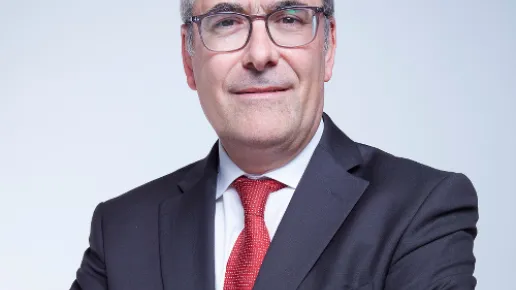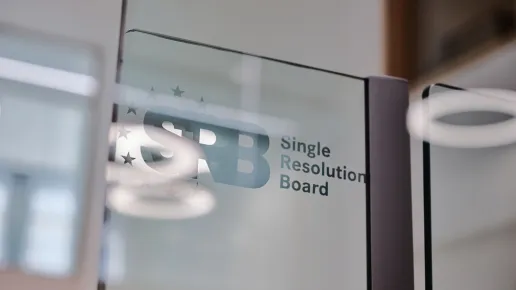“Implementing EDIS would centralise deposit guarantee funds and align the EU and US more closely."
Given the importance of coordination for managing the failure of international banks, the SRB will strive to work with international authorities to make banks resolvable. In the European context, the SRB supports completion of the Banking Union and this includes the finalisation of EDIS and the backstop to the SRF. Work on EDIS has been ongoing since November 2015, and the SRB has since engaged on this important file. Recently the European Commission has suggested new ideas to break the political deadlock. We hope that these ideas are successful in moving the issue forward as soon as possible.
Since the beginning the SRB has advocated to consider the DGS – be it national or European – as more than just as a paybox. We also view it as important that the eventual EDIS proposal provides for the use of alternative measures, so that the authorities retain the discretion which is currently provided for in the Deposit Guarantee Scheme Directive, although this is not implemented in all Member States. The FDIC is able to undertake purchase and assumption transactions, which can be compared to the alternative measures provided in the Deposit Guarantee Scheme Directive. Of course, this must be conditional on constraints but also on having the necessary funding available. If we look across the Atlantic, we can see that the US has a Deposit Insurance Fund which is pre-funded and managed by the FDIC, which has adopted a 2% Designated Reserve Ratio each year since 2010.
By comparison, in the EU we have two prefunded facilities to address bank failures: Deposit Guarantee Funds at the national level and the Single Resolution Fund. Implementation of EDIS could ultimately centralise the deposit guarantee funds and would therefore align the EU and US more closely in this regard (even though the EU would still retain two separate prefunded facilities).
The backstop to the SRF should also be completed. For this, the SRB has been clear about the principles on which the backstop should be based. Access to the backstop should be aligned with the rules for the use of the SRF and it should take full advantage of synergies with the existing framework. It will be critical that the provider of the backstop is able to make funds available within a short timeframe and that the conditions around access are clear and simple. A duplication of tasks between the SRB and the backstop provider should be avoided. By following these principles, we can ensure that the backstop will be able to support the resolution authority’s actions effectively as a last resort.
Contact our communications team
Recent news

The SRB recently published two important documents clarifying its expectations of banks regarding operational resolvability: the Operational guidance...

The body responsible for managing banks in crisis in Europe is celebrating its 10th anniversary and claims that Popular's 2017 resolution has been...

In last June, Parliament and Council have clinched a political deal that is applicable to all the EU member states, and which can be seen as a step...



